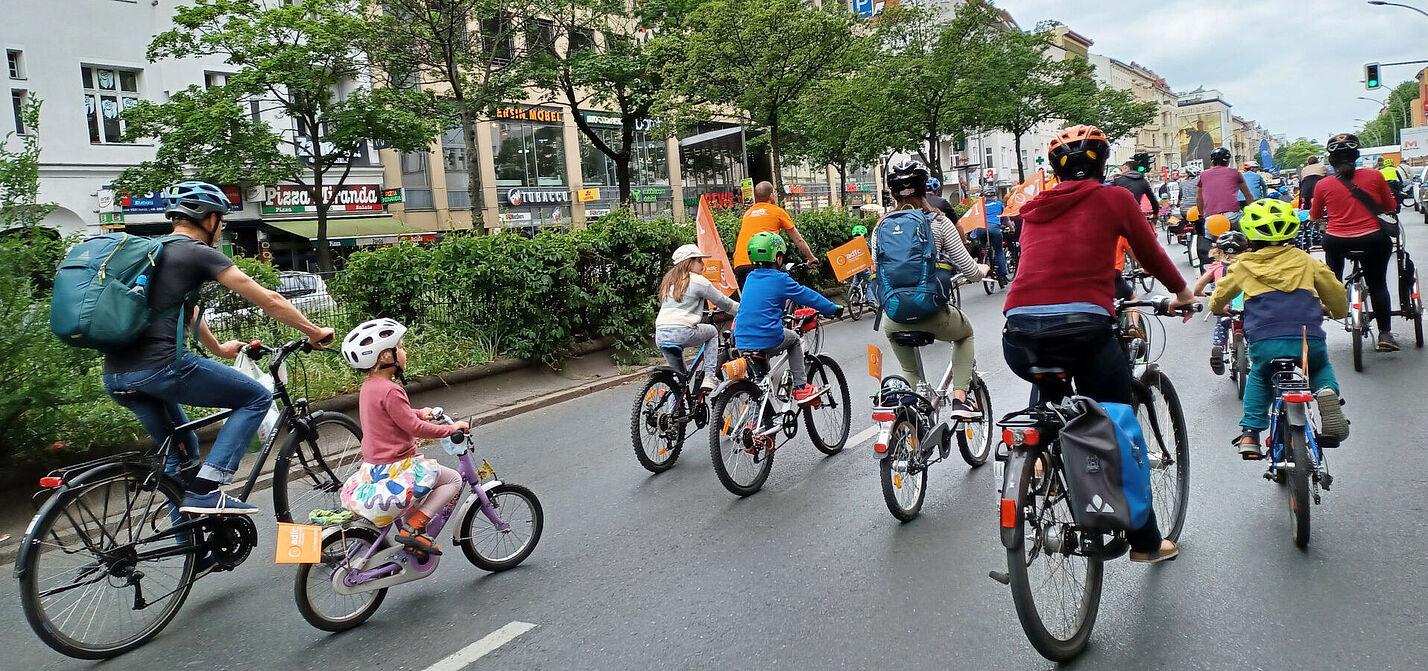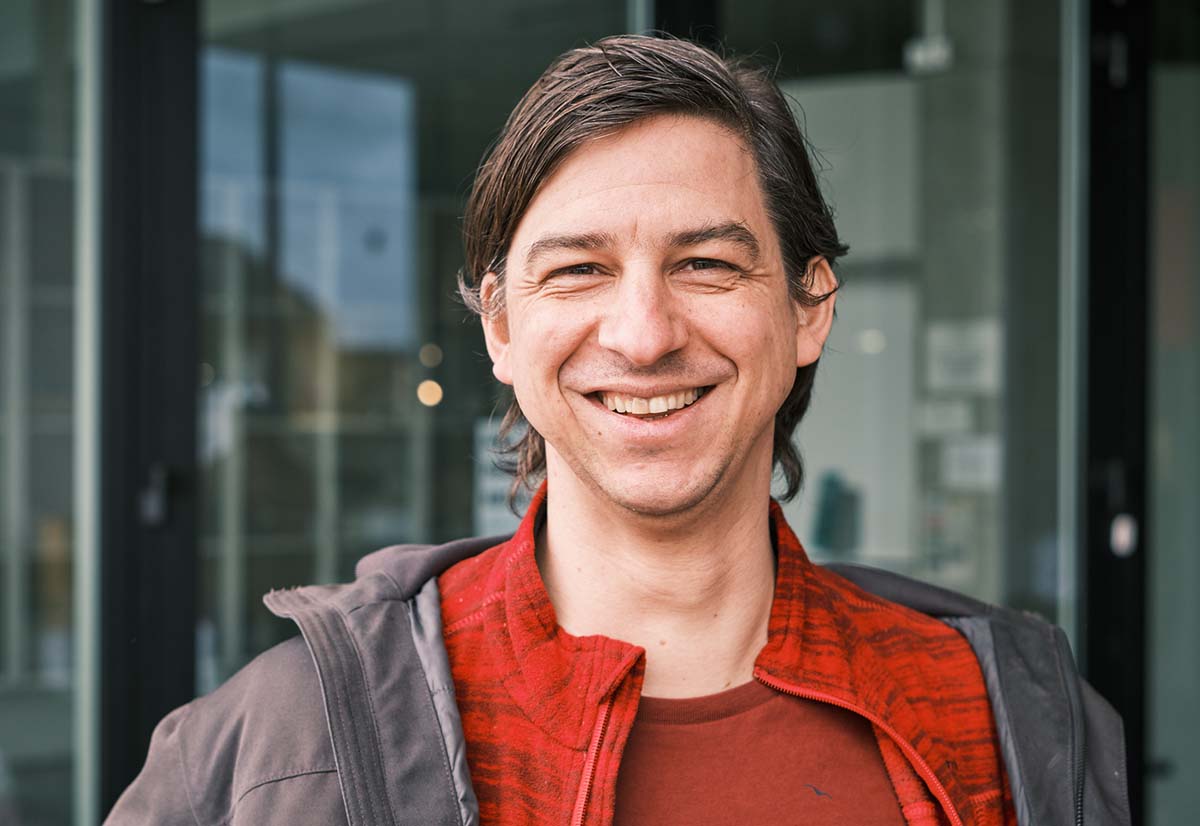Ich bin ein Telramer - Telraam in Berlin!
A Community-Led Initiative for multimodal traffic data collection in Berlin

Key information
- Sensor and data hosting
- Community engagement (workshops, ...)
- Custom development (sensor, dashboard, API, ...)
- Long-term monitoring
- Citizen Engagement
- Infrastructure implementation (bike lanes, ...)
In 2022, the Allgemeiner Deutscher Fahrrad-Club (ADFC) Berlin, a national biking advocacy group, and the Deutsches Zentrum für Luft- und Raumfahrt (DLR), a German research institute, launched the "Berlin zählt Mobilität" project, a citizen science initiative aimed at transforming Berlin's neighborhoods into more livable and safer spaces. By deploying over 100 Telraam traffic counting devices, residents were empowered to collect real-time local traffic data, including counts of motor vehicles, cyclists, and pedestrians. This data enabled communities to advocate for informed policy changes and urban planning decisions.
Project Objectives
- Community Engagement: Encourage residents to actively participate in data collection to foster a sense of ownership and involvement in local traffic management.
- Data-Driven Advocacy: Provide citizens and local initiatives with concrete data to support requests for traffic calming measures, improved pedestrian and cycling infrastructure, and enhanced road safety.
- Policy Influence: Utilize collected data to inform and influence municipal decisions regarding traffic regulations and urban development.
Implementation
Residents were invited to install Telraam devices in their homes. The ADFC recruited participants among its own members-base and other enthousiastic volunteers in an open call. The Telraam sensors were gradually deployed over time from 2023 onwards and new Telraam sensors are still being added in 2025. The aggregated data was made publicly accessible via www.telraam.net and in an own dashboard designed by the ADFC, using the Telraam API. Team Telraam's role was to provide the sensor equipment and train the local ADFC organization how to use the API and the Telraam network dashboard, to manage the community of volunteers and monitor the fleet of Telraam devices.
Outcomes
The project successfully established a network of citizen-operated traffic counters across Berlin, generating valuable data that highlighted areas in need of traffic interventions. This grassroots approach not only raised awareness about local traffic issues but also equipped residents with the tools to advocate for meaningful changes in their neighborhoods. This project is also an excellent example of how you can build a custom dashboard with Telraam data, using our API (see snapshot below)
Conclusion
"Berlin zählt Mobilität" exemplifies how Telraam can activate the power of citizen science in urban planning. It shows how community-driven data collection in a true grassroots approach (ADFC) can be combined with addressing a need for traffic data from a research institute (DLR). Additionally, this project demonstrates Telraam as a flexible platform, allowing clients to take full control of the community and device fleet management, as well as data publication via own tools.
Want to know more about this project?
Feel to free to get in touch.

